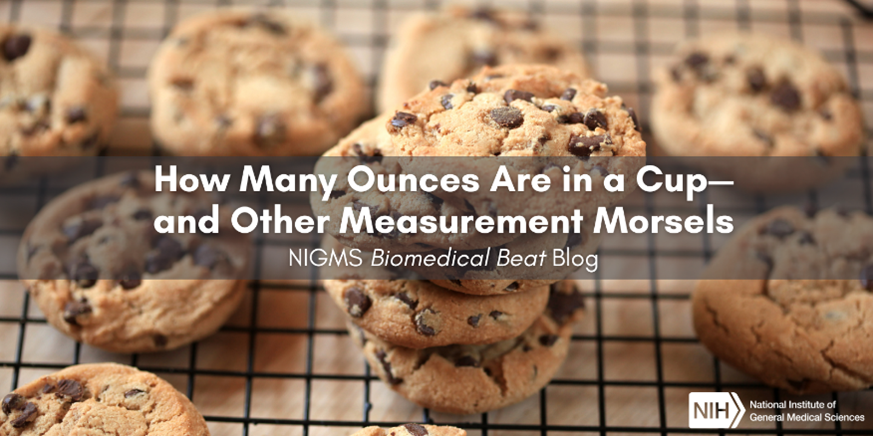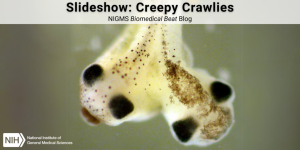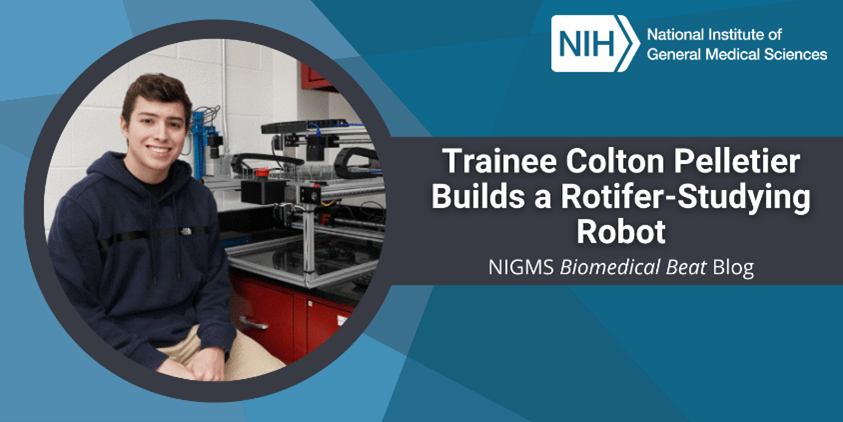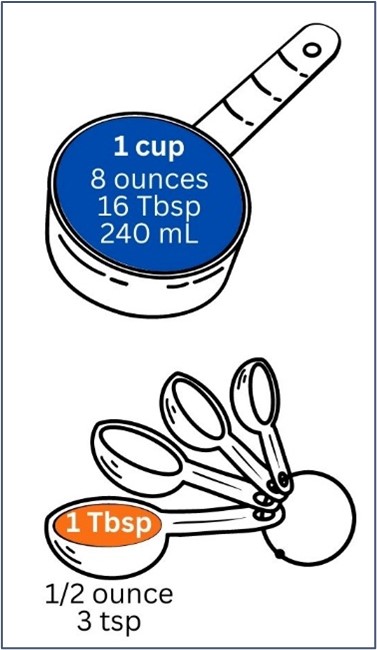
Do you find yourself frustrated while baking when trying to convert between measuring units, like cups to ounces? First of all, we can help with that one: 1 cup is equal to 8 ounces (oz), 16 tablespoons (Tbsp), 48 teaspoons (tsp), or 240 milliliters (mL).
Based on their names, you can probably guess that people began using the tools they had, like cups, teaspoons, and tablespoons, to measure ingredients in the kitchen. They eventually standardized these units of measure because not all spoons or cups were the same size. So now, instead of a recipe calling for milk that fills half a teacup or enough water to fill a coffee cup, we use the standard measuring cup, tablespoon, and teaspoon. In the research lab, scientists use scales and balances to measure solids—not cups—and a variety of tools to measure liquid, from syringes and pipettes to graduated cylinders and flasks—but never spoons!
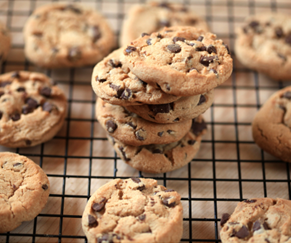
You may have never set foot in a chemistry lab, but if you’ve ever baked, you’ve done chemistry! In the lab or in the kitchen, you have a list of ingredients (called reagents in chemistry) that you mix together and manipulate, such as by heating, to produce a different final product. For example, you put baking soda, also called sodium bicarbonate, in your chocolate chip cookies because it reacts with the brown sugar to form carbon dioxide, which helps your cookies to rise.
In research, scientists must ensure that they’re being both accurate AND precise. A scale may be precise, meaning it gives the same reading over and over, but if that reading isn’t accurate, the reagents may not completely react or the experiment may fail. Research equipment like scales and balances need to be checked regularly for their accuracy. If needed, researchers can calibrate them—or readjust their readings—using a known standard. If you have a kitchen scale at home and want to check its accuracy, an easy standard to use is simply water—1 milliliter of water, by definition, equals exactly 1 gram!
Have you ever “guesstimated” an ingredient instead of measuring it? When you’re baking cookies, you need to be accurate in your measurements—at least with certain ingredients, and baking soda is one of them. If you use too much, your cookies will taste a little off because not all the baking soda will be able to go through that chemical reaction. If you don’t use enough, you’ll have dense cookies that didn’t rise enough. (Now the chocolate chips on the other hand, you can add a few more of those than the recipe calls for!) In chemistry, scientists have to be very accurate in their measurements. Adding too much or too little of a reagent can lead to the wrong chemical reaction occurring or even become dangerous. Being accurate requires scientists to carefully weigh or measure their reagents to make sure that they’re as close to the amount called for in the chemical reaction “recipe” as possible.
Next time you put on your apron to do some baking, think about the precision necessary for all the molecules reacting together to make your dessert delicious!

Learn more in our Educator’s Corner.


